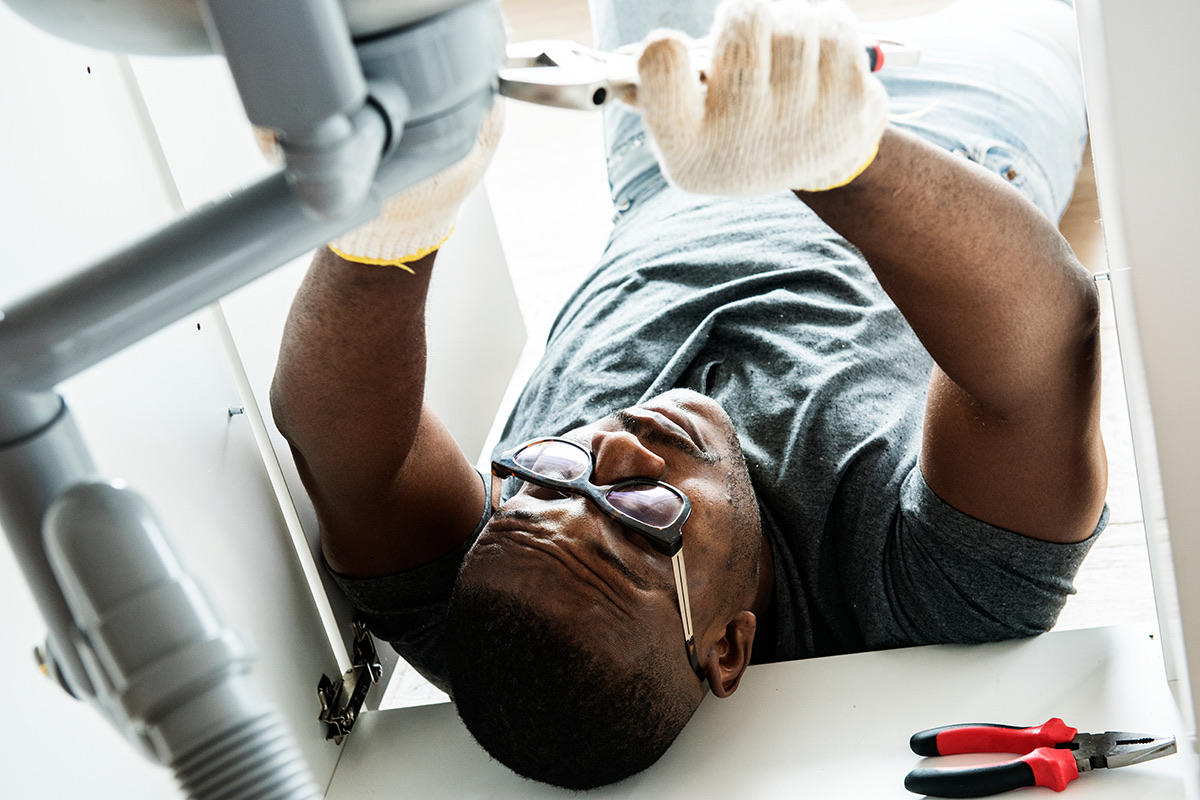

Articles
How To Estimate Plumbing Costs
Modified: October 20, 2024
Learn how to estimate plumbing costs with our informative articles. Discover the factors that affect pricing and make informed decisions for your plumbing needs.
(Many of the links in this article redirect to a specific reviewed product. Your purchase of these products through affiliate links helps to generate commission for Storables.com, at no extra cost. Learn more)
Introduction
When it comes to home renovations or repairs, plumbing costs can quickly add up. Whether you’re fixing a leaky faucet, installing new fixtures, or remodeling your entire bathroom, having a clear understanding of how to estimate plumbing costs is essential. By accurately gauging the expenses involved, you can budget effectively and ensure that you’re not caught off guard by unexpected costs.
In this article, we will guide you through the process of estimating plumbing costs. From assessing the scope of the project to factoring in material costs, labor expenses, additional expenses, and contingencies, we will provide you with a comprehensive overview that will empower you to plan your plumbing project with confidence.
It’s important to note that the cost estimates provided in this article are general guidelines and may vary depending on various factors such as the location, complexity of the project, and the contractor’s rates. However, by following these steps and considering the tips provided, you’ll be able to arrive at a reasonable estimate that will help guide your decision-making process.
Now, let’s dive into the details of how to estimate plumbing costs and ensure that you have all the necessary information to successfully complete your plumbing project.
Key Takeaways:
- Accurately estimating plumbing costs involves assessing scope, calculating material and labor costs, factoring in additional expenses, and setting aside a contingency fund. This ensures effective budgeting and successful project planning.
- Understanding the necessary steps to estimate plumbing costs empowers homeowners to make informed decisions, avoid unexpected financial burdens, and ensure the successful completion of their plumbing projects.
Read more: How To Estimate Construction Costs
Step 1: Assessing the Scope of the Project
The first step in estimating plumbing costs is to assess the scope of your project. This involves determining the extent of the work that needs to be done and understanding any unique challenges or complexities that may be involved.
Start by identifying the specific plumbing tasks that need to be completed. Are you installing new plumbing fixtures, replacing old pipes, or repairing leaks? Make a list of all the plumbing work that needs to be done.
Next, consider the size and layout of the area where the plumbing work will take place. A small bathroom renovation will have different plumbing requirements compared to a large kitchen remodel.
Additionally, take into account any potential complications that may arise during the project. Are there existing plumbing issues that need to be addressed? Will you need to hire a professional plumber to handle certain tasks? By considering these factors, you can better anticipate the time and resources required for the project.
It’s also important to assess the condition of your existing plumbing system. If you’re working with old pipes or fixtures that are prone to problems, it’s wise to budget for potential repairs or replacements in the near future.
By thoroughly evaluating the scope of your project, you’ll gain a clearer understanding of the plumbing tasks involved and can move on to estimating the associated costs.
Step 2: Calculating Material Costs
Once you have assessed the scope of your plumbing project, the next step is to calculate the material costs. This includes all the necessary plumbing materials and supplies needed to complete the job.
Start by creating a list of the materials you will need, such as pipes, fittings, valves, faucets, showerheads, and other fixtures. Take accurate measurements to ensure that you purchase the correct quantities of materials.
Research prices for the plumbing materials on your list. Visit local hardware stores or search online to get an idea of the current market prices. Keep in mind that prices may vary based on the quality of the materials and the specific brand.
Once you have gathered the necessary prices, it’s time to calculate the total cost of the materials. Multiply the quantity needed for each item by its corresponding price and add up all the values to get the total material cost.
It’s also worth considering any additional expenses associated with the materials. For example, if you’re purchasing large pipes, you may need connectors and specialized tools to cut and join the pipes together. Remember to account for these smaller items in your material cost estimation.
Keep in mind that it’s always a good idea to add a buffer of 10-15% to your material cost estimate to account for any unexpected price fluctuations or additional materials that may be required during the project.
By accurately calculating the material costs, you can ensure that you have a realistic budget in place for purchasing the necessary plumbing supplies and materials.
Step 3: Determining Labor Costs
Estimating labor costs is a crucial step in determining the overall expense of your plumbing project. While some projects may be suitable for DIY enthusiasts, many plumbing tasks require the expertise of a professional plumber.
To calculate labor costs, start by researching the average hourly rates of plumbers in your area. Keep in mind that prices may vary based on factors such as experience, qualifications, and the complexity of the project.
Next, assess the estimated time required to complete the plumbing work. Consider the number of hours it will take to carry out each task and the overall duration of the project. It’s essential to be realistic while accounting for any unforeseen delays or additional work that may arise.
Multiply the hourly rate of the plumber by the estimated number of hours required, taking into account any potential overtime or weekend rates if applicable. This will give you an estimate of the labor cost for your project.
In some cases, you may be able to negotiate a fixed price with a plumber for your project, especially if it’s a larger-scale job with a clearly defined scope of work. Discuss your requirements with potential plumbers and request detailed quotes, comparing prices and services to make an informed decision.
Remember that proper plumbing installation is crucial for the long-term functionality and durability of your plumbing system. Hiring a professional plumber ensures that the job will be done correctly, reducing the risk of future repairs and potential damage to your property.
By accurately determining the labor costs, you can budget for the expertise and skills of a professional plumber and ensure that your plumbing project is completed to the highest standard.
When estimating plumbing costs, consider the complexity of the job, materials needed, and labor costs. Get multiple quotes from reputable plumbers to compare prices.
Step 4: Including Additional Expenses
In addition to material costs and labor costs, there are often additional expenses that need to be factored into your plumbing project estimate. These expenses can vary depending on the specifics of your project, but here are a few common ones to consider:
- Permits and Licenses: Depending on local regulations, you may need to obtain permits and licenses for certain plumbing projects. These can incur additional fees, so be sure to research and include them in your estimate.
- Specialized Equipment: Some plumbing projects may require the use of specialized equipment or tools that you don’t already have. Renting or purchasing these tools should be considered in your overall expenses.
- Disposal and Cleanup: If your plumbing project involves removing old fixtures or pipes, you’ll need to account for the disposal of these materials. Additionally, consider the cost of any necessary cleanup or repairs to restore the area to its original condition.
- Unexpected Repairs: During the project, unforeseen issues or complications may arise that require additional repairs. It’s prudent to set aside a contingency fund in your budget to cover any unexpected expenses that may arise.
- Contractor Fees: If you decide to hire a general contractor to oversee the entire plumbing project, their fees should be included in your estimate. General contractors typically charge a percentage of the total project cost or a flat fee.
By considering these additional expenses and including them in your estimate, you’ll have a more accurate understanding of the total cost of your plumbing project. It’s always better to budget for these expenses upfront rather than being caught off guard later on.
Read more: How To Estimate The Cost Of Renovation
Step 5: Accounting for Contingencies
When estimating plumbing costs, it’s important to account for contingencies. Contingencies are unforeseen circumstances or changes during the project that may require additional time and money to address.
One common strategy is to set aside a contingency fund, typically around 10-15% of the total project cost. This fund acts as a safety net to cover any unexpected expenses that may arise during the plumbing project.
Contingencies can include unexpected repairs, changes in the scope of work, or the need for additional plumbing materials or labor. By having this cushion in your budget, you can adapt to unforeseen circumstances without causing financial strain.
It’s also a good idea to communicate with your plumber or contractor about potential contingencies. A professional with experience can help identify potential risks or issues that may arise during the project and provide guidance on how to address them.
Remember to be proactive and realistic when setting aside a contingency fund. While you hope for a smooth project, it’s better to be prepared for unexpected surprises rather than scrambling to find funds or compromising the quality of the work.
By accounting for contingencies, you can ensure that your plumbing project remains on track and that you have the necessary resources to tackle any unexpected challenges that may come your way.
Conclusion
Estimating plumbing costs is a crucial step in planning any plumbing project. By following the steps outlined in this article, you can calculate material costs, labor costs, and account for additional expenses and contingencies.
Start by assessing the scope of the project and understanding the necessary plumbing tasks. Then, calculate the material costs by creating a comprehensive list of needed supplies and researching prices. Determining labor costs involves researching average hourly rates and estimating the time required for the project.
Be sure to include additional expenses such as permits, specialized equipment, disposal, and cleanup. Lastly, account for contingencies by setting aside a contingency fund to handle any unforeseen circumstances.
Keep in mind that the cost estimates provided in this article are general guidelines and may vary based on various factors. It’s always a good idea to consult with professionals and obtain multiple quotes to ensure an accurate estimate for your specific project.
By taking the time to estimate plumbing costs accurately, you can plan your project effectively and avoid unexpected financial burdens. Whether you’re tackling a small repair or embarking on a major renovation, having a clear understanding of the costs involved will help you make informed decisions and ensure a successful outcome for your plumbing project.
Frequently Asked Questions about How To Estimate Plumbing Costs
Was this page helpful?
At Storables.com, we guarantee accurate and reliable information. Our content, validated by Expert Board Contributors, is crafted following stringent Editorial Policies. We're committed to providing you with well-researched, expert-backed insights for all your informational needs.
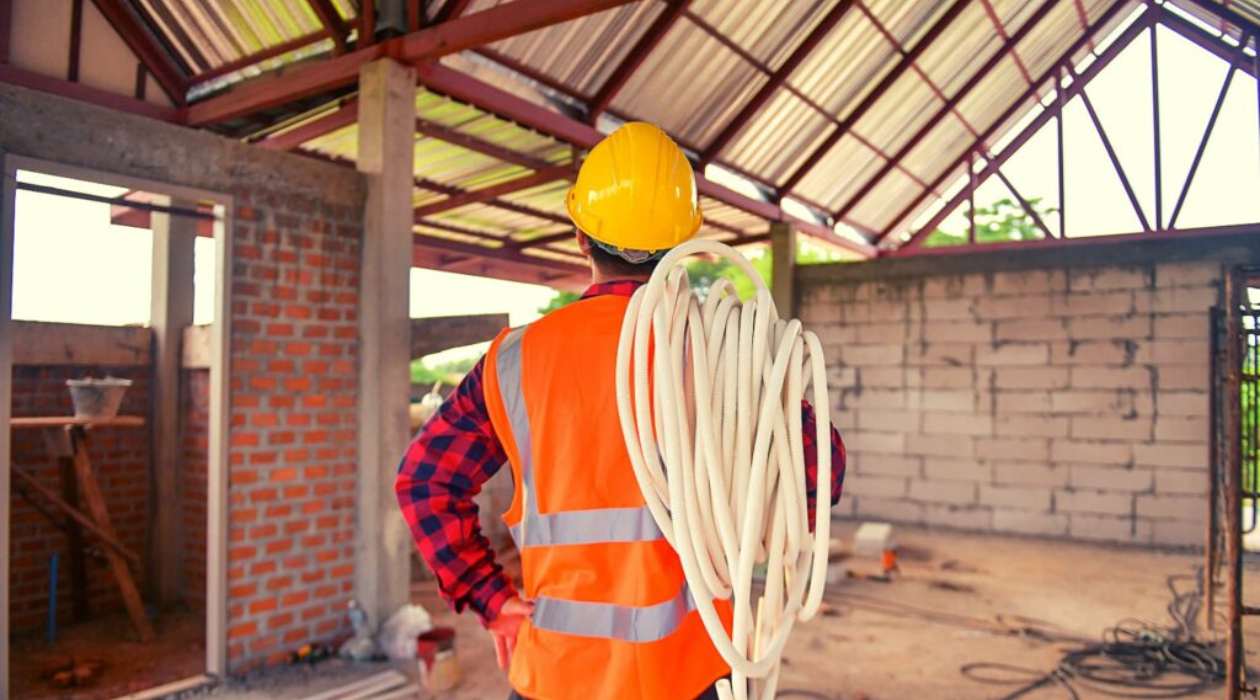

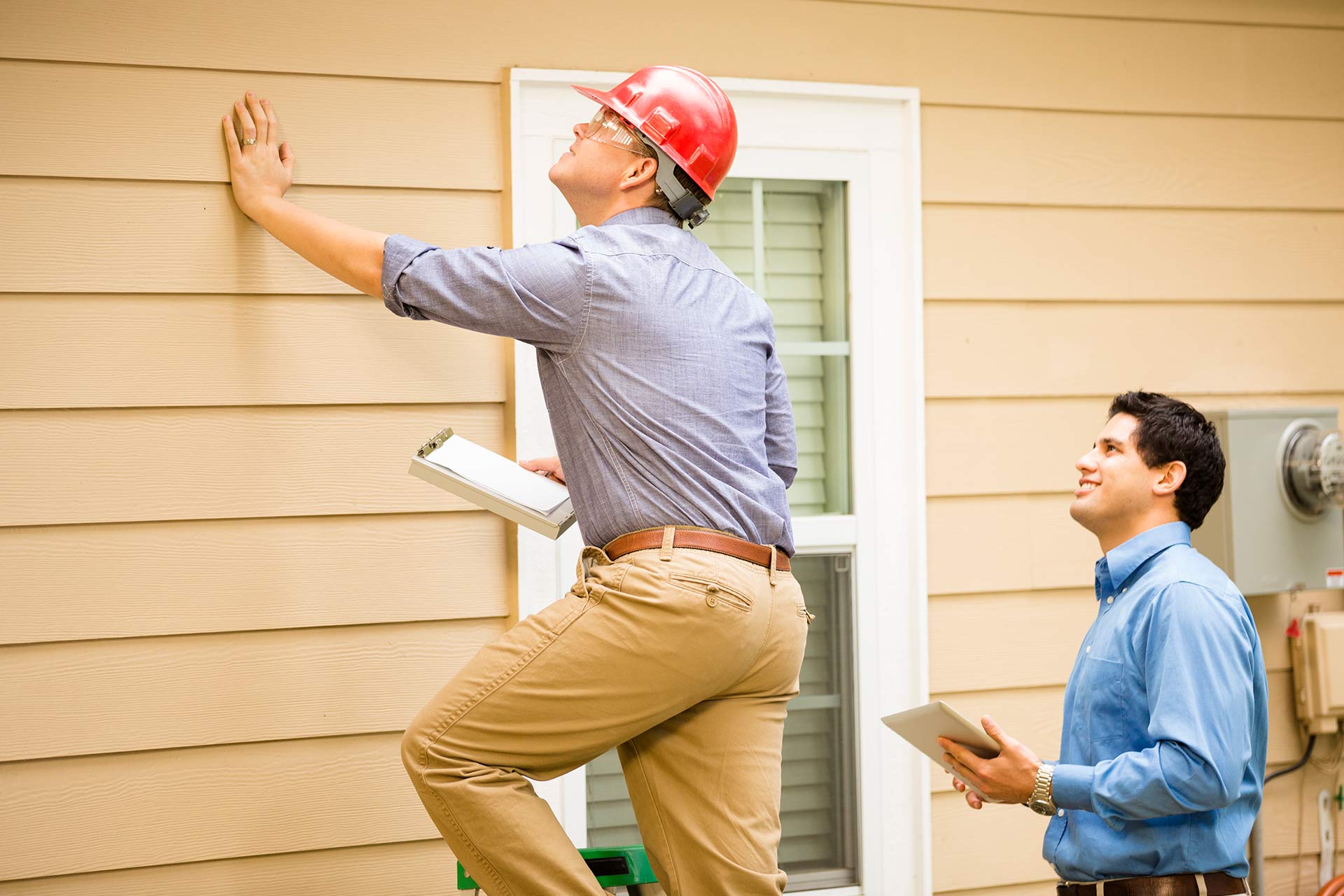
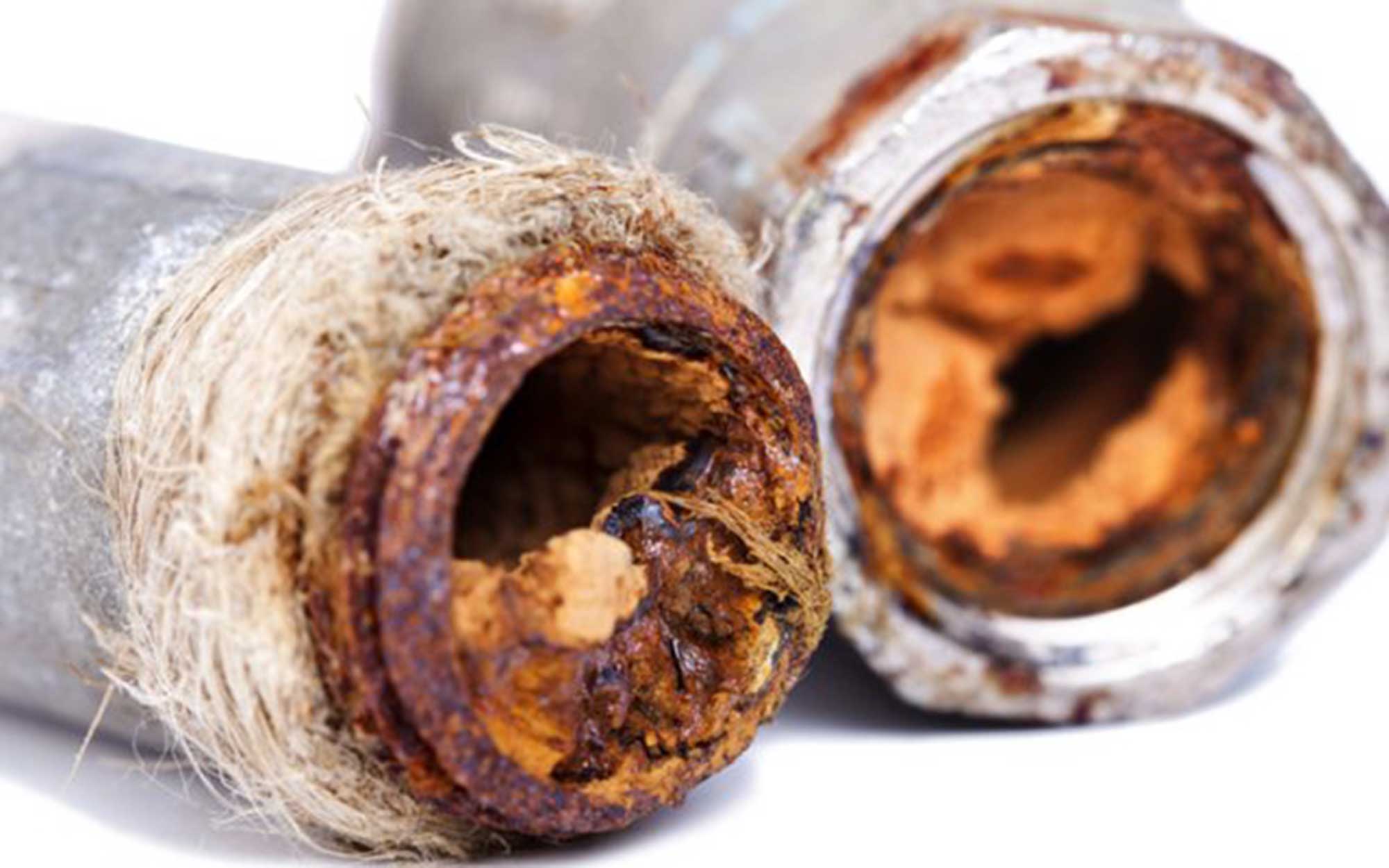
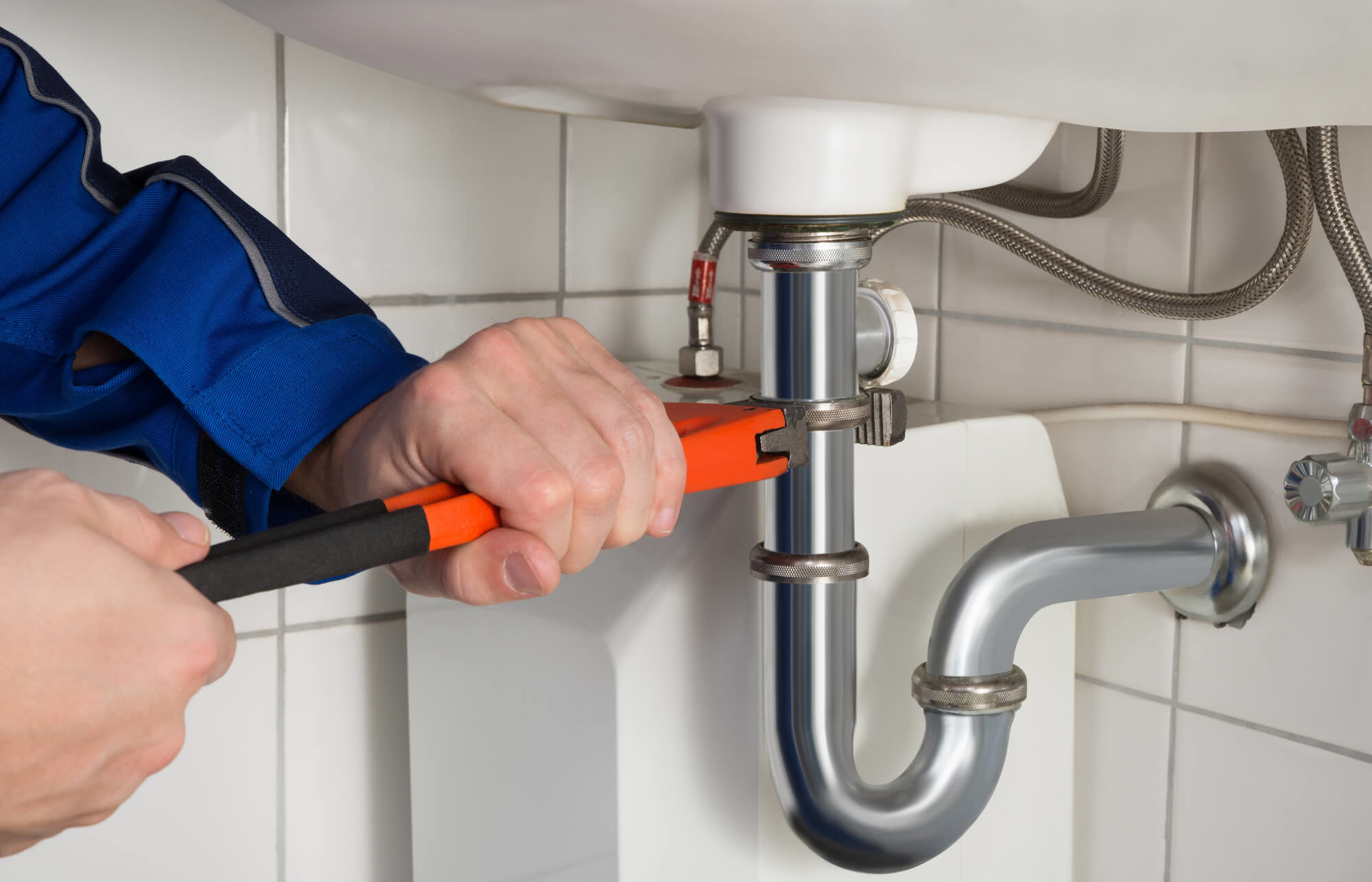
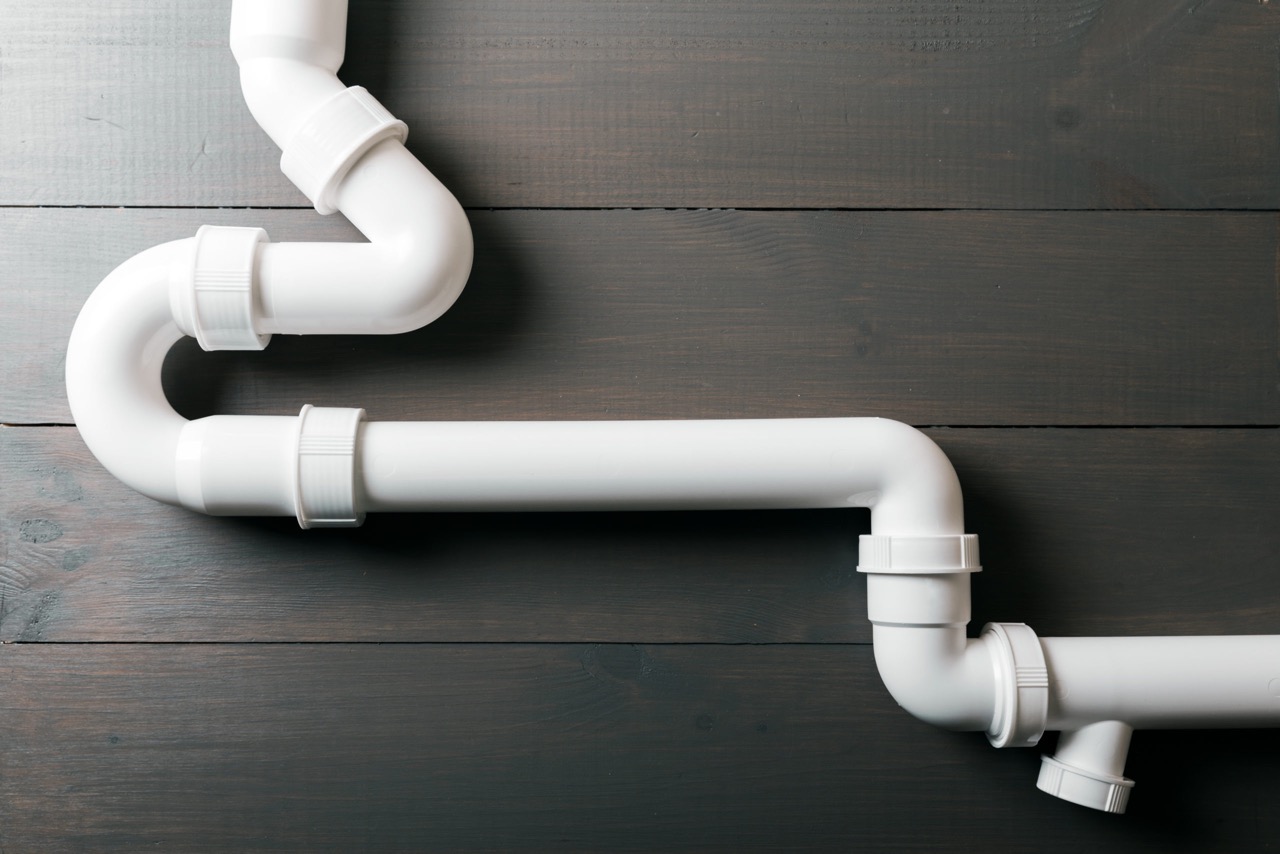
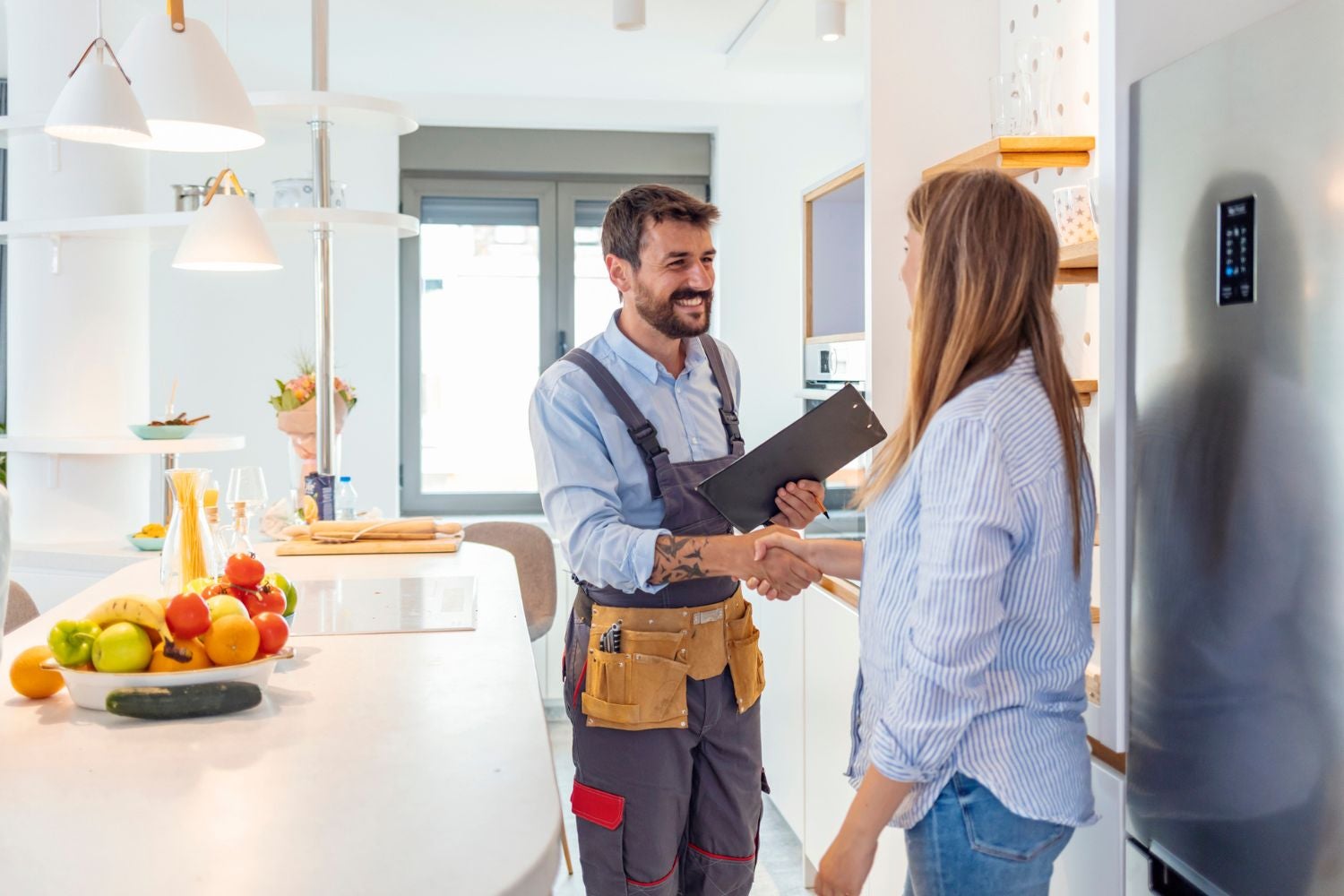
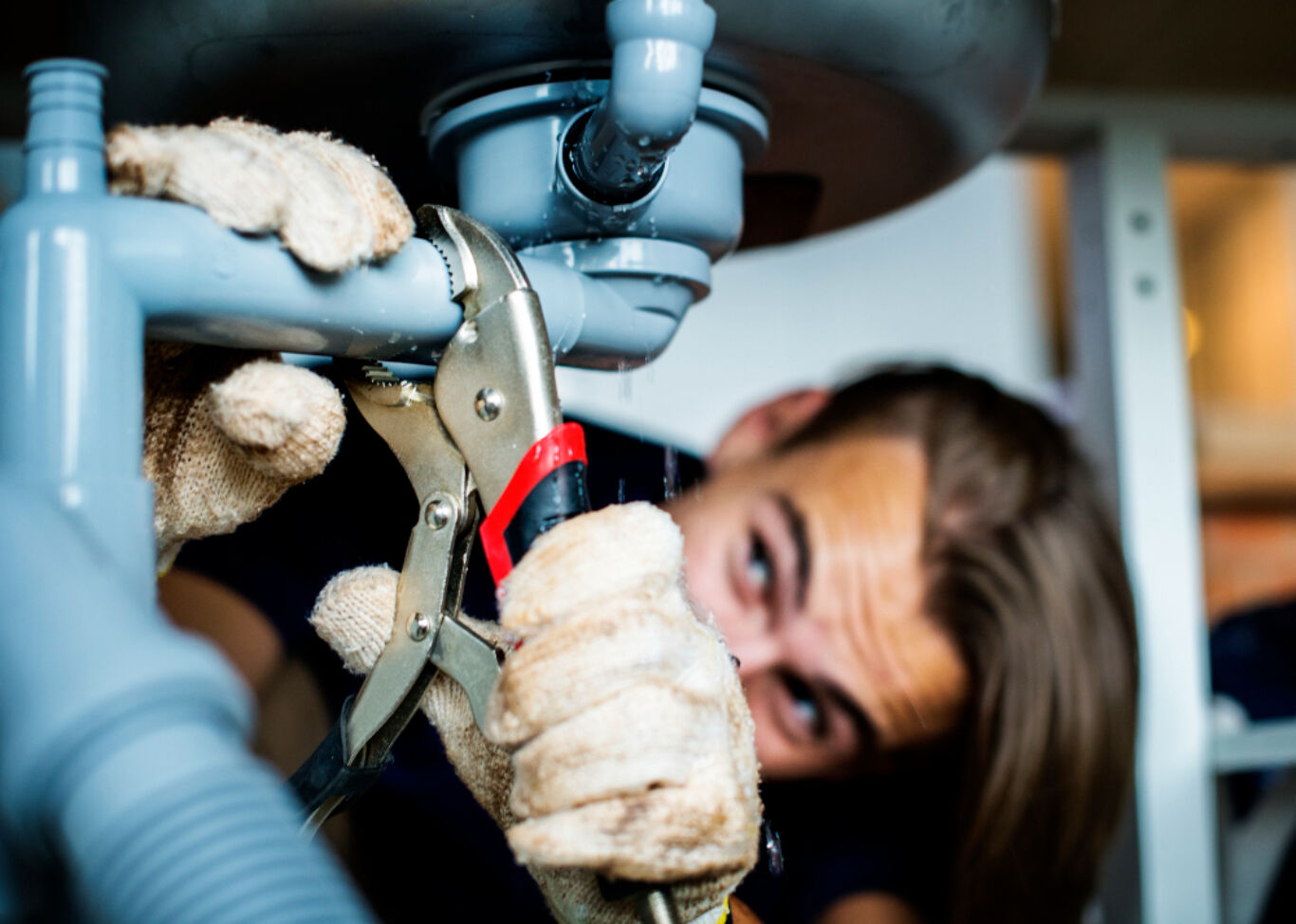
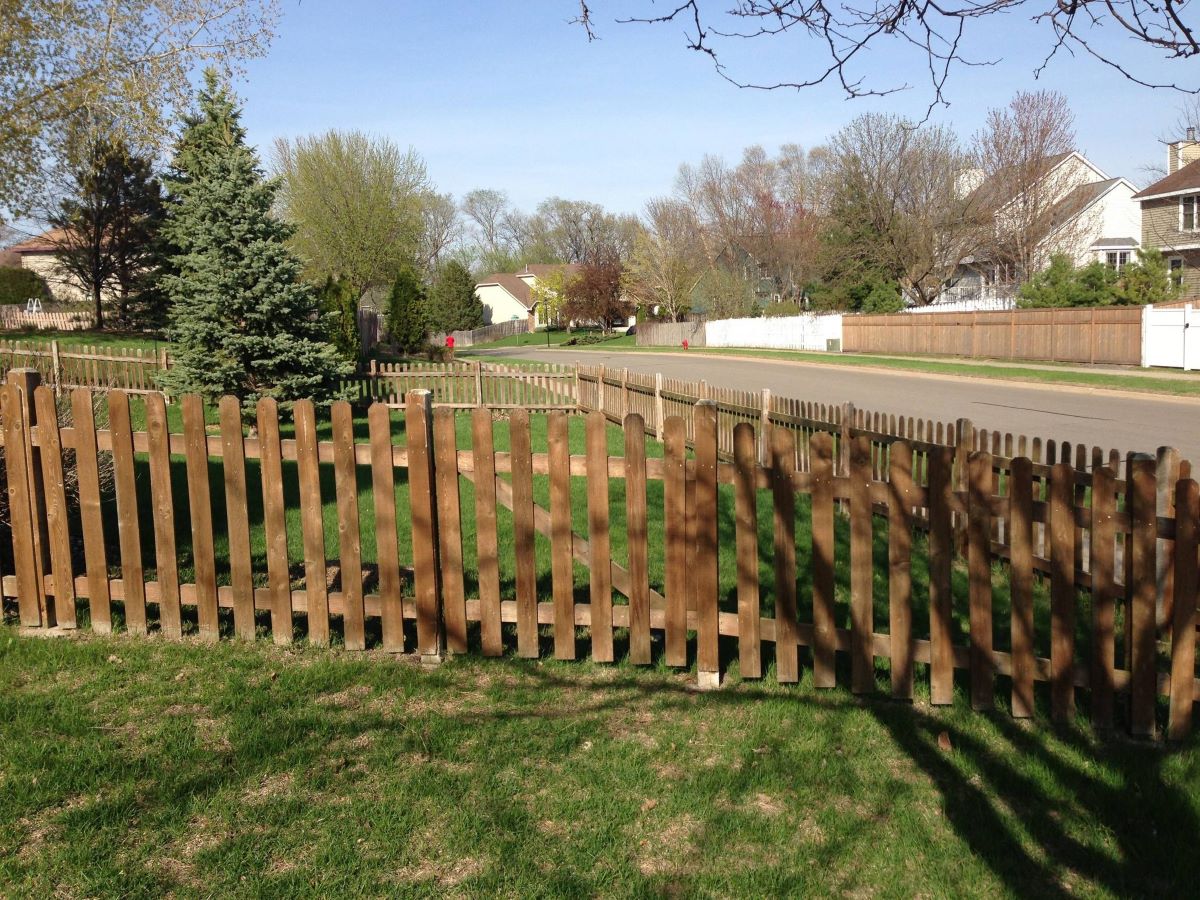
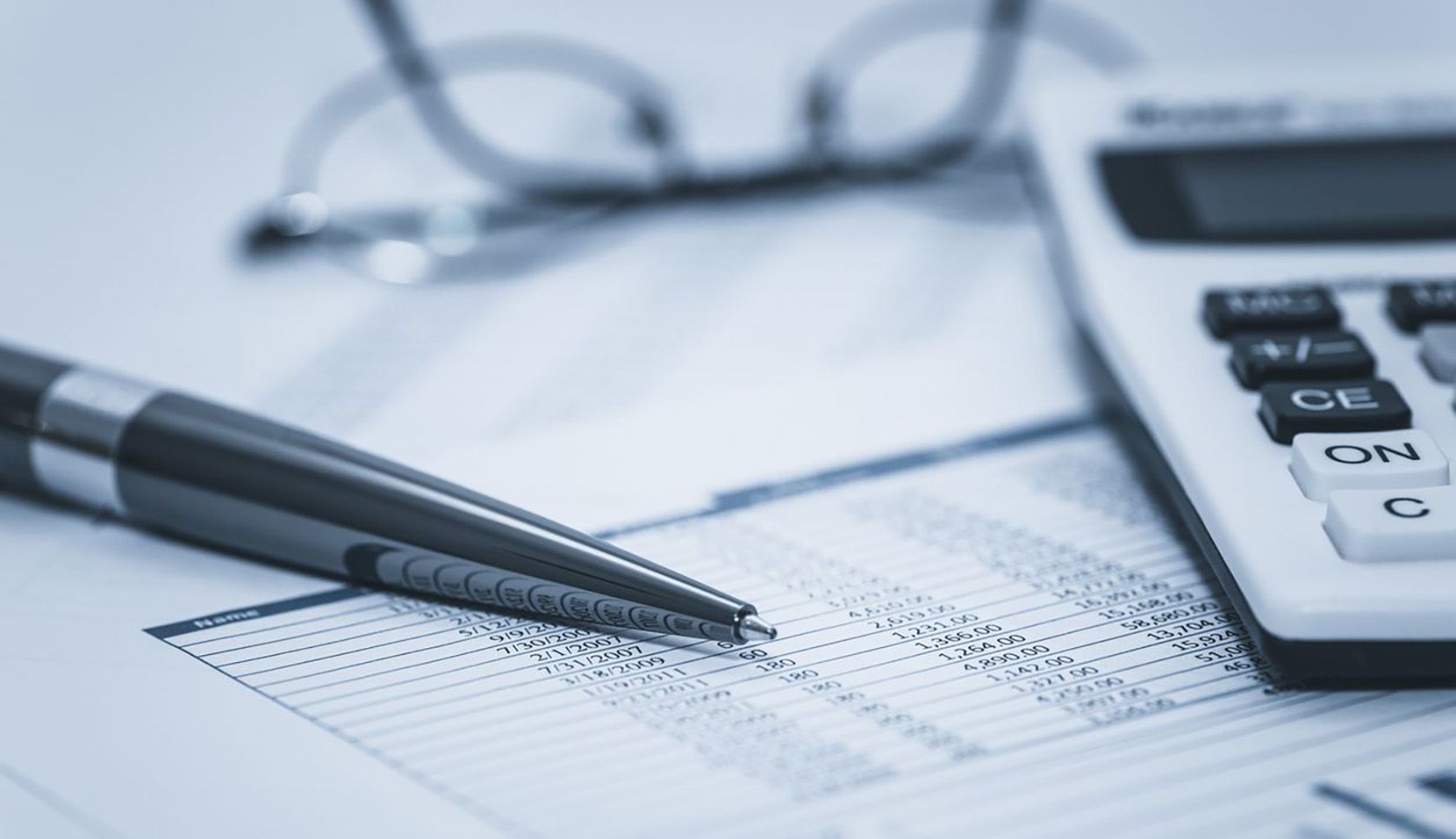

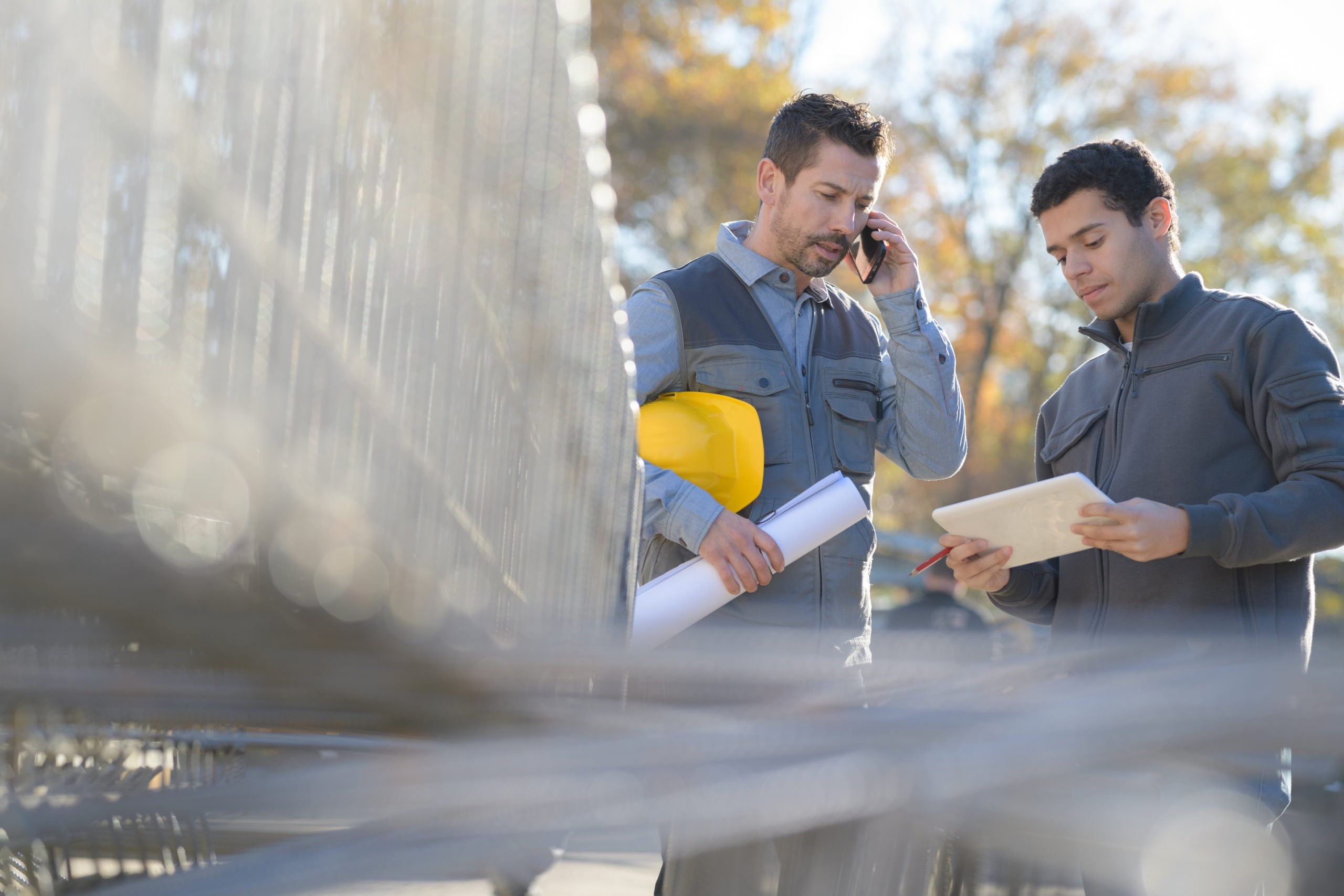
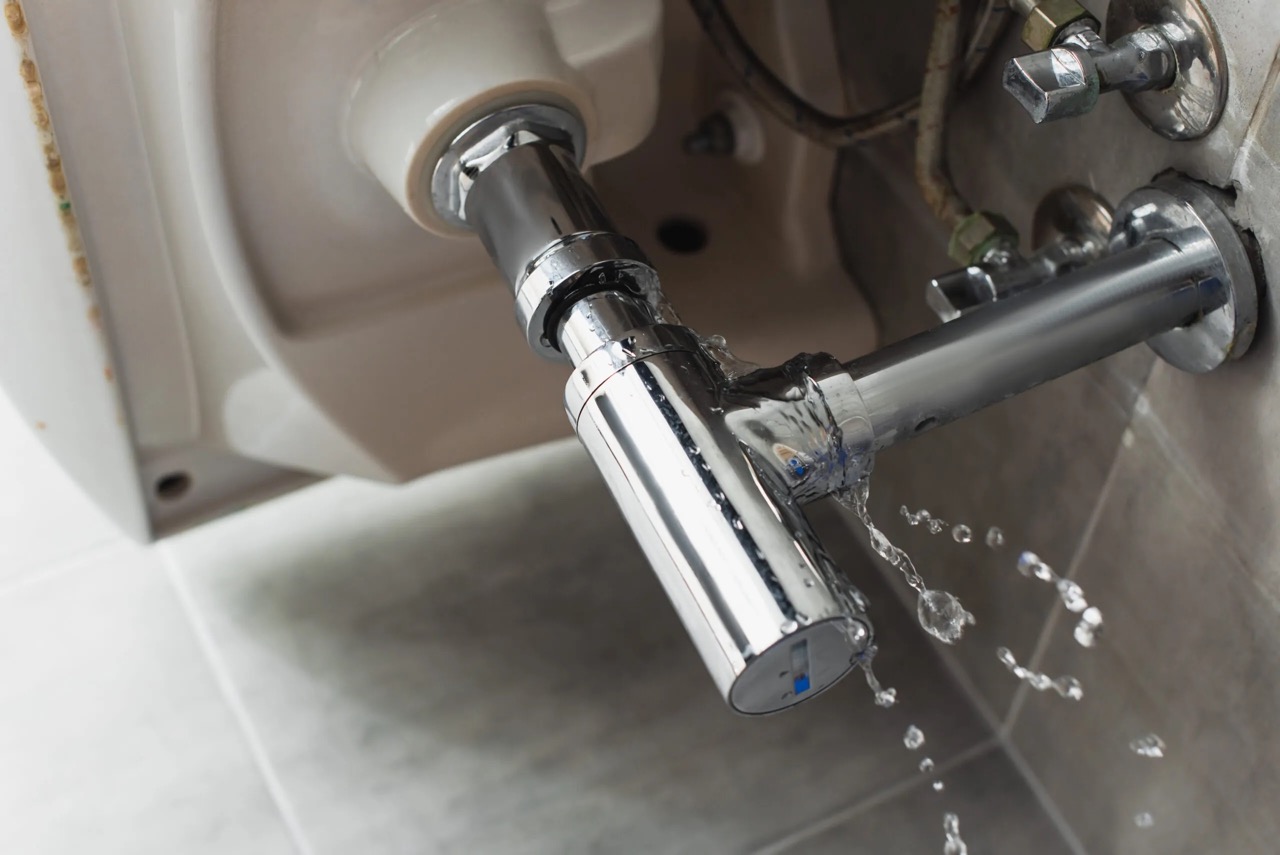
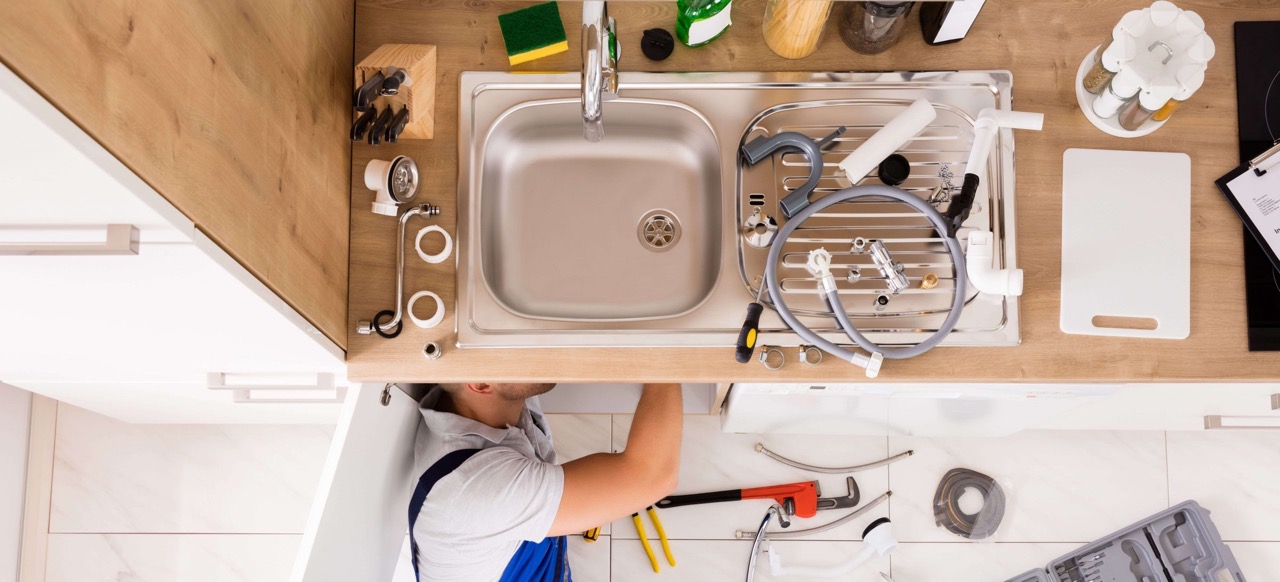

0 thoughts on “How To Estimate Plumbing Costs”